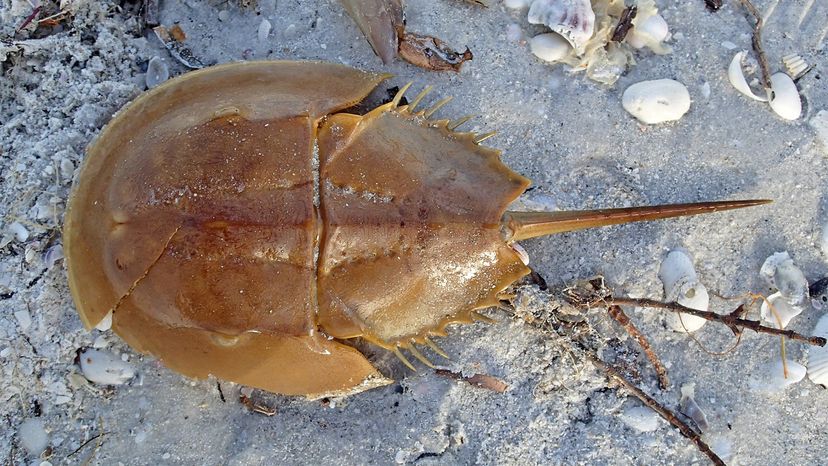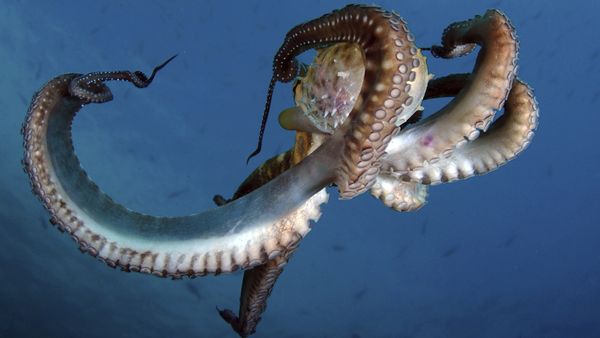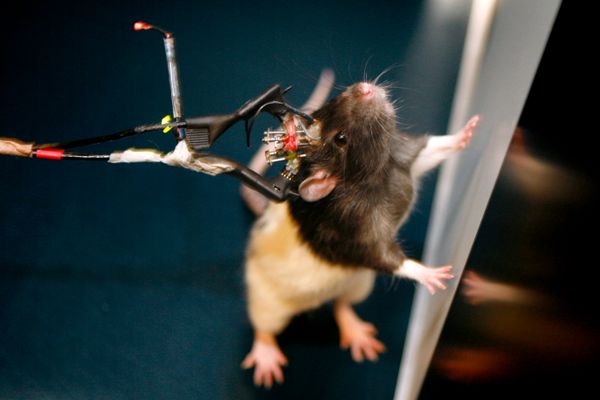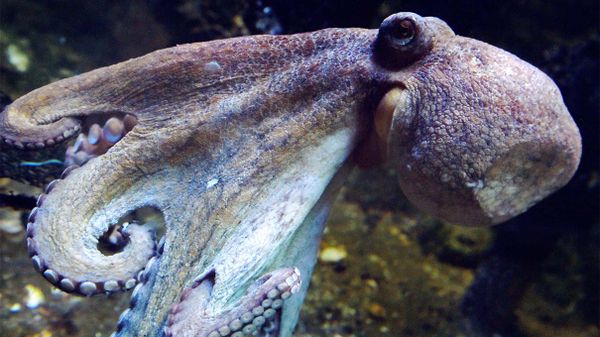Though crab health is critically threatened by humans, we benefit enormously from crabs. Horseshoes' copper-based blue blood contains a clotting agent called Limulus amoebocyte lysate (LAL), which detects endotoxins released by bacteria that can cause fever, stroke, organ damage and even death. LAL is used to test drugs, vaccines and medical devices and is so essential to biomedical companies that manufacturing around the world would halt if the supply was cut off. Understandably, LAL is one of the most valuable fluids on Earth, at a price of about $15,000 a quart.
Horseshoe blood developed this remarkable clotting ability as a response to life in an oceanic soup of bacteria. When microbes invade a mammal, miles of tiny blood vessels limit their spread and white blood cells fight them off. Not so with horseshoe crabs. Their blood moves freely through tissues and organs, providing a wide playing field for bacterial infection. But bacteria and crabs have co-evolved for millions of years, and crab defenses have, too.
Horseshoe crabs don't have an immune system, exactly. Their single type of blood cell, an amoebocyte (a cell that can move around), does all the usual work of blood cells – repairing wounds, gobbling up dead cells, transporting and storing digested material. But these amoebocytes also release a substance that clots like crazy when they detect a bacterial endotoxin. Clots entrap the invading bacteria, limiting further infection. Larger clots can also seal the wound.
Before LAL, biomed companies used rabbits to test for endotoxins (rabbit blood also tends to clot in the presence of toxins). If after injection with the test substance an animal developed signs of infection — this could take up to 48 hours — the sample was determined to be contaminated (and the rabbit died). The discovery of LAL has saved countless rabbits from fatal testing, but in turn hundreds of thousands of crabs every year participate in an involuntary blood drive.
To harvest horseshoe crab blood, the unsuspecting creatures — larger females are preferred — are hauled out of shallow coastal areas and brought to a lab, where they're chilled for an hour or so and then mounted to a rack. A needle is inserted into tissue around the heart, and up to 30 percent of the crab's blood is drained off. After bleeding, the animals are returned to the ocean. The sooner they're returned, the more likely they'll survive.
That's important, because though biomed is considered a low-mortality "catch and release" use, as many as 30 percent of horseshoe crabs die from the bleeding process. "The supply is limited, and the toll is huge. Some 600,000 animals in the U.S. are harvested each year for this purpose," says Tanacredi.
And the long-term impact may be much worse. In areas where the most crabs are harvested for bloodletting, fewer females show up to spawn. The problem is worse in Asia, where no animals are returned to their habitat. "In Singapore during the breeding season, 10,000 adults per day are harvested, bled out and then prepared for sale as food. At this rate they could be extinct there in a decade," Tanacredi says. Our own Limulus polyphemus was placed on the vulnerable list by the International Union for the Conservation of Nature in 2016.



